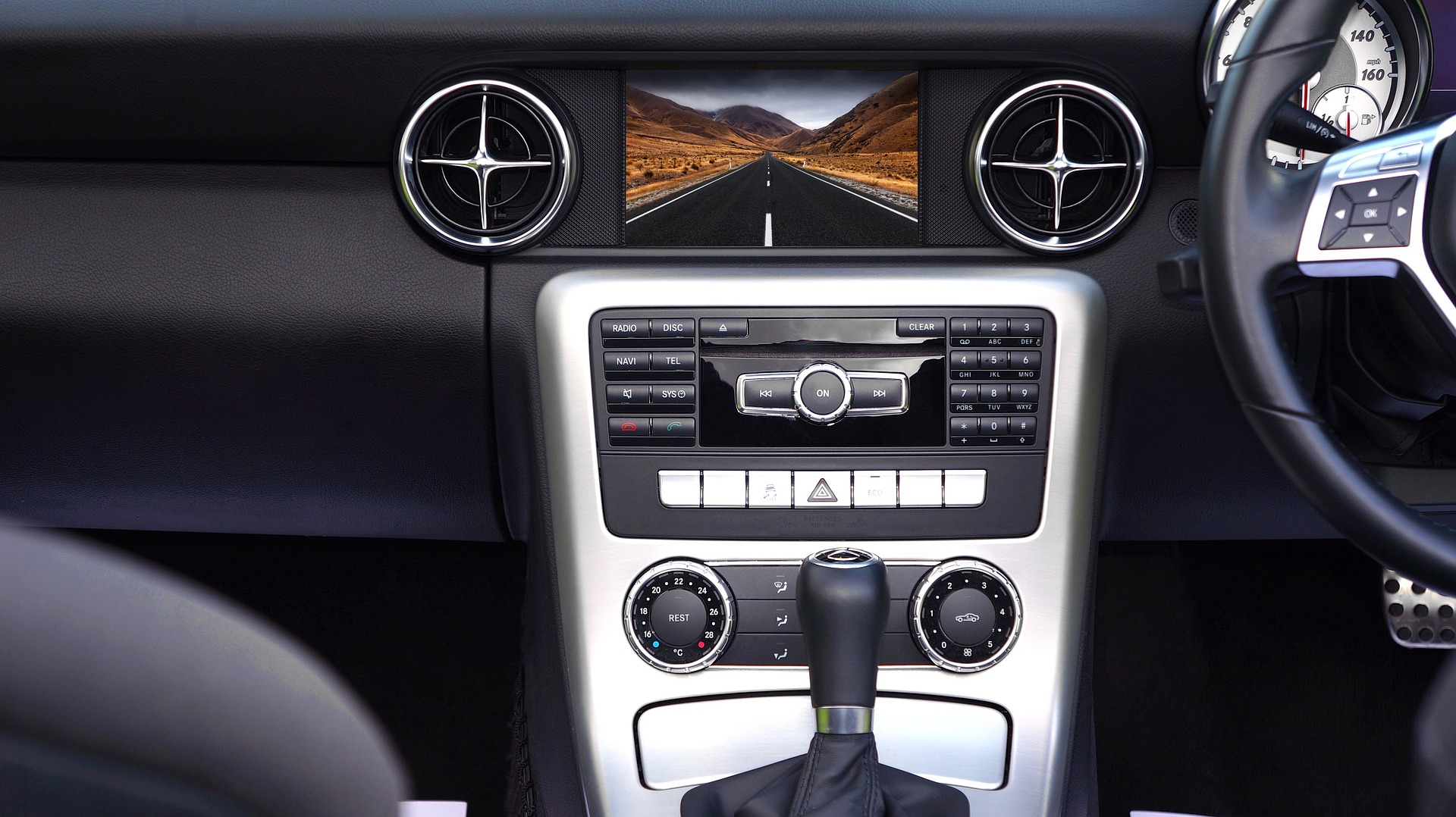With 2018 open ahead of us, what will the next 12 months hold for self-driving vehicles? It’s inevitable that we’ll see more investment and subsequent trials from major manufacturers’ in their self-driving technologies, and as such what will this mean for both everyday drivers and, on a commercial level, the logistics industry?
There are various levels of automation; from cars that perform minor tasks automatically such as steering or acceleration to fully automatic vehicles where no driver is required. Level 1 automation is already used across most new vehicles on the market today in the form of auto-wipers, auto-lights and cruise control, but anything above this (such as cars that will automatically perform safety actions such as braking in traffic) are not commonly seen/used by the everyday motorist (at the moment). The term “self-driving” typically tends to be used for vehicles where critical functions such as braking, steering and manoeuvring are performed by the car itself.
Planned 2018 trials
Many manufacturers and technology companies have made clear their intentions to launch and test self-driving vehicles across all stages of the autonomy grading; these include:
- Ford have made public plans to test autonomous vehicles in a new city (location not disclosed as yet) with partner companies Dominoes, Postmates and Lyft via their AV service platform. This will mean Ford will be taking a step further into the logistics waters, using their AV vehicles for deliveries and transport, whilst working with partners to test the technology and the management system.
- Toyota will be using California’s GoMentum Station to test their Chauffeur and Guardian technologies. Either can be used in a single vehicle; Guardian allows for the driver to retain vehicle control, whereas Chauffeur is a fully autonomous solution that effectively renders all those in the vehicle as passengers.
- The UK government pledged £8.1million last year to trial driverless lorries on England’s motorways; whilst there are no set dates as yet, the deadline was the end of 2018. These would be, in effect, three truck platoons – linked together to reduce emissions and save money. The AA have raised concerns that our roads are not suitable for such large convoys, but only time will tell if these trials do indeed take place.
- General Motors have planned to test their “Bolt” model this year in partnership with Lyft – said to be the largest test in the world of fully autonomous vehicles to date, this will see the Bolt being used for ride-sharing across several American states.
Future Goals
- Of course, it’s not just this year we’ve got to think about. As the technology ball rumbles on, gathering momentum with every test and trial performed, what do the next few years have in store?
- Honda & Toyota have vowed to have autonomous cars ready and out being used by the public in Japan by 2020, ready for the Tokyo Summer Olympics
- Renault-Nissan have vowed the same for roads in Europe, China, the US and Japan, with 2020 being the goal!
- BMW are a year behind, stating 2021 as the year they will deliver fully driverless cars
- Ford are perhaps not as ambitious (or more realistic?) – 2021 is also the year they plan to launch fully the next level of autonomous cars, but have specified that these will have “no gas pedal, no steering wheel, and the passenger will never need to take control of the vehicle in a predefined area.”
- On the lorry front, 2027 is the year that broad-scale deployment of driverless trucks is estimated, according to Lior Ron (president & co-founder of Uber-owned self-driving truck business Otto)
Whether you love it or hate it, technology will keep evolving, and we’re keeping up with the curve here at GOfers (just about) – have you seen any driverless vehicles out and about on your travels?









